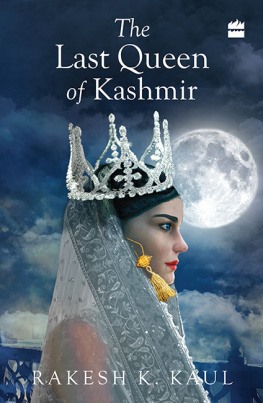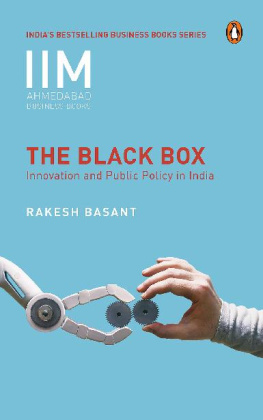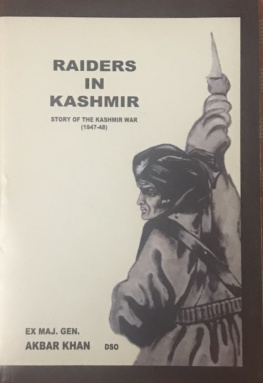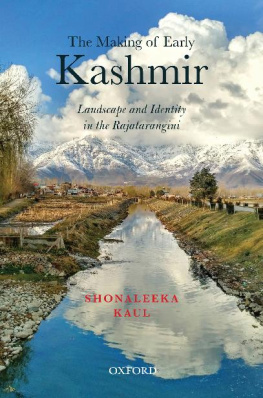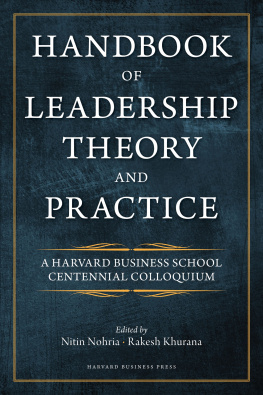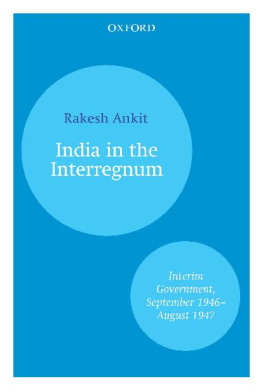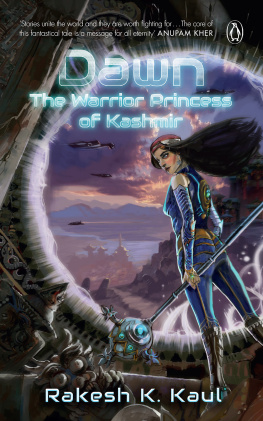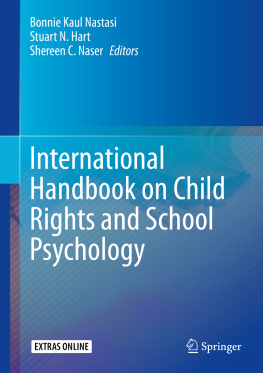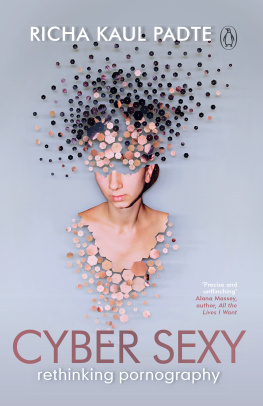Rakesh K. Kaul - The Last Queen of Kashmir
Here you can read online Rakesh K. Kaul - The Last Queen of Kashmir full text of the book (entire story) in english for free. Download pdf and epub, get meaning, cover and reviews about this ebook. year: 2016, publisher: Harlequin India, genre: Art. Description of the work, (preface) as well as reviews are available. Best literature library LitArk.com created for fans of good reading and offers a wide selection of genres:
Romance novel
Science fiction
Adventure
Detective
Science
History
Home and family
Prose
Art
Politics
Computer
Non-fiction
Religion
Business
Children
Humor
Choose a favorite category and find really read worthwhile books. Enjoy immersion in the world of imagination, feel the emotions of the characters or learn something new for yourself, make an fascinating discovery.
- Book:The Last Queen of Kashmir
- Author:
- Publisher:Harlequin India
- Genre:
- Year:2016
- Rating:5 / 5
- Favourites:Add to favourites
- Your mark:
- 100
- 1
- 2
- 3
- 4
- 5
The Last Queen of Kashmir: summary, description and annotation
We offer to read an annotation, description, summary or preface (depends on what the author of the book "The Last Queen of Kashmir" wrote himself). If you haven't found the necessary information about the book — write in the comments, we will try to find it.
The Last Queen of Kashmir — read online for free the complete book (whole text) full work
Below is the text of the book, divided by pages. System saving the place of the last page read, allows you to conveniently read the book "The Last Queen of Kashmir" online for free, without having to search again every time where you left off. Put a bookmark, and you can go to the page where you finished reading at any time.
Font size:
Interval:
Bookmark:
The Last Queen
of Kashmir
RAKESH K. KAUL

HarperCollins Publishers India
To
Pushpadanta, who fell from Heaven, for his transgression of invisibly eavesdropping on the divine Great Tale and then retelling it to his wife. Thus was manifested the first drop in the Ocean of the Stream of Stories.
Contents

Fourteenth-century Map of Kashmir
Reprinted with permission from: W. Slaje, Kingship in Kashmir (AD 11481459). Halle 2014
Not drawn to scale

Fourteenth-century Map of Srinagar
Reprinted with permission from: W. Slaje, Kingship in Kashmir (AD 11481459). Halle 2014
Not drawn to scale
I STUMBLED on Kota by accident.
I was researching the Dhar clan of Kashmir to which my wife belongs. Among the Dhar luminaries is the great liberator of Kashmir, Pandit Birbal Dhar. An influential tax collector serving under the tyrannical regime of the Afghans, who had ruled Kashmir from 1750 to the early nineteenth century, he led a secret appeal to Maharaja Ranjit Singh to take over the Kashmir Valley. Travelling with his son, Birbal Dhar had left his wife and daughter-in-law in hiding with Qudus, his milkman. Judas emerged in the form of a family relative, Tilak Chand Munshi, who betrayed the whereabouts of the women to the governor, Azim Khan.
Troops were sent to bring the two women to the governors palace. Birbals wife was a noted beauty and she knew that Khan would dishonour her to avenge Birbals secret mission. History records that she swallowed poison and that her last words were: Know that Kashmir has yet a Kota Rani. Remember me to my Lord!
Who was this Kota Rani? Who was this inspiring symbol of feminine resistance that was central to the social history that Kashmiri Pandit women carried with them over the intervening centuries? The bare facts were easily accessible, but did not justify the banner that Kota represented for Birbals wife; clearly there was much more hidden behind the veil of time. Thus began my twenty-first-century journey through the detritus of Kotas fourteenth-century world to try and put the pieces together.
What I found astonished me and would challenge every single preconception that anybody else or I might have about Kashmir. What I uncovered was a treasure that held the supreme secret for humanity. What shone bright was Kashmirs beacon to the known world, and Kota was its queen. What sobered me was that Kota was surrounded by literary geniuses. Ninety per cent of Indic poetry is in Sanskrit, and virtually all of Indic literature in Kotas time, were in the form of poetry and had been written by Kashmiris! The works of these poets were invaluable as I began the sometimes painful task of reconstructing what had been sundered apart.
In my zeal to be true to Kota, I realized that my writing was synthetic and not true to the great masters of Kashmir. So I adopted a literary style that would be authentic to the story. Kashmiri literary principles, including Kavya, the poetic expressions, among other things, emphasize that historical stories are first and foremost an art form. The Pandits were the pioneers of storytelling and practitioners of edutainment. A story needed to both educate and entertain: it had to be for all ages and be indestructible. The author had to approach the subject with a love where the very thought would create an emotion similar to that of the mother hearing the cry of her newborn baby. This tug should create an aesthetic experience that builds oneness between the observer and the observed. While the written word could wear ornaments and draw power from suggestion, the end product had to be perfected reality into which the reader gets immersed. There should be multiple levels of interpretation and at the highest levels it should lead to self-discovery and consciousness. There is an ocean there, and this might give you, the reader, an appreciation as to why between the research and the writing of this manuscript it took ten years to craft and complete.
This is the first literary property to be published in the English language that uses Kashmirs formidable literary principles. And just as one experiences exhilaration when driving a performance car and fully appreciates the engineering beneath the bonnet, similarly the global reader should enjoy the reading experience but be aware that the craftsmanship is totally Kashmiri. After the Mahabharata and the Rajatarangini, The Last Queen of Kashmir is the third and only book to be written in the Virasa rasa style, which is considered to be an impossible style to capture in words. Virasa rasa is very different from the catharsis of Greek tragedies, but instead reflects the bitter-sweet taste of Santa rasa, the peaceful rasa. It is the play of dharma in an imperfect world of moral decay; it is a distasteful inoculation, but one that hopefully leads to a healthier life. In this sense, this book represents a new voice from Kashmir.
Kota was once asked: What is the one thing that you need to know in order to know everything? When it comes to Kota and her Kashmir, this is it, this is it.
| Sharada | Supreme female deity of Kashmir and name of town |
| Ramachandra | Commander-in-chief of Kashmir and father of Kota |
| Kota | Queen of Kashmir |
| Brahma | Kotas love |
| Ravan | Kotas brother |
| Suhdev | Deposed king of Kashmir and first suitor of Kota |
| Rinchina | Immigrant and first husband of Kota |
| Haider Chander | First son of Kota (fathered by Rinchina) |
| Udyandev | Younger brother of Suhdev and second husband of Kota |
| Jatta Bhola Rattan | Second son of Kota (fathered by Udyan) |
| Dulucha | Turcoman invader of Kashmir sent to capture Kota |
| Achala | Another invader of Kashmir and suitor of Kota |
| Shah Mir | Immigrant and final suitor of Kota |
| Guhara | Daughter of Shah Mir, married to Raja Sapru of Bhringi |
| Devaswami | Chief pontiff of Kashmir |
| Kokur | Theatre impresario |
| Fakir | Wandering Islamic puritan |
| Yaniv | Jeweller |
| Naid | Barber |
| Manzim | Marriage broker |
| Khazanchi | Financier |
| Jogi | Hindu fortune teller and practitioner of black arts |
| Saras | Kotas attendant |
Prologue:
Battal Balian Refugee Camp
Udhampur Garrison, Kashmir
I WAS born in a refugee camp, after the Kashmiri exodus of 1990, an exile even before birth. Kashmir was just a latent genetic imprint within me, perhaps a legacy entirely lost when the Kali Andhi, the black storm of militants, had swept through the beautiful, peaceful Kashmir Valley. My world was one of the hutments, next to a polluted industrial centre. Through the small hole in the cardboard sidewall, one could see a greyish haze and dark sediment floating in the air. The heat was stifling at 105 degrees Fahrenheit but there was no electricity in the camp, no running water and the open sewage attracted flies from miles around. I could hear the voices of young girls, studying at the nearby Rishi Memorial School, repeating their teachers instructions, parrot-like, in a sing-song voice. Repeat eleven times, the memorization secret is left to right, right to left and memorize, memorize, memorize just like I had.
Next pageFont size:
Interval:
Bookmark:
Similar books «The Last Queen of Kashmir»
Look at similar books to The Last Queen of Kashmir. We have selected literature similar in name and meaning in the hope of providing readers with more options to find new, interesting, not yet read works.
Discussion, reviews of the book The Last Queen of Kashmir and just readers' own opinions. Leave your comments, write what you think about the work, its meaning or the main characters. Specify what exactly you liked and what you didn't like, and why you think so.

